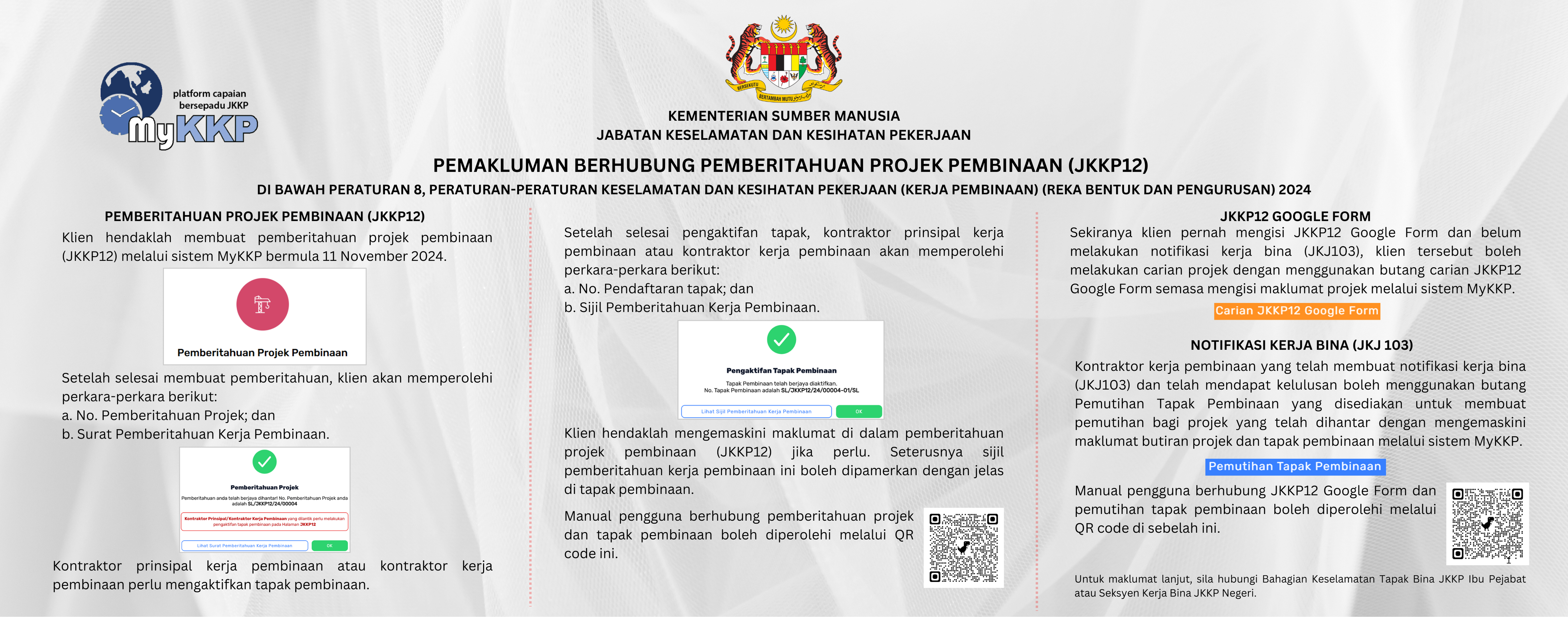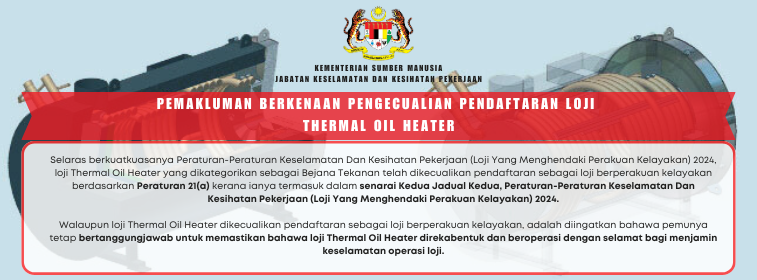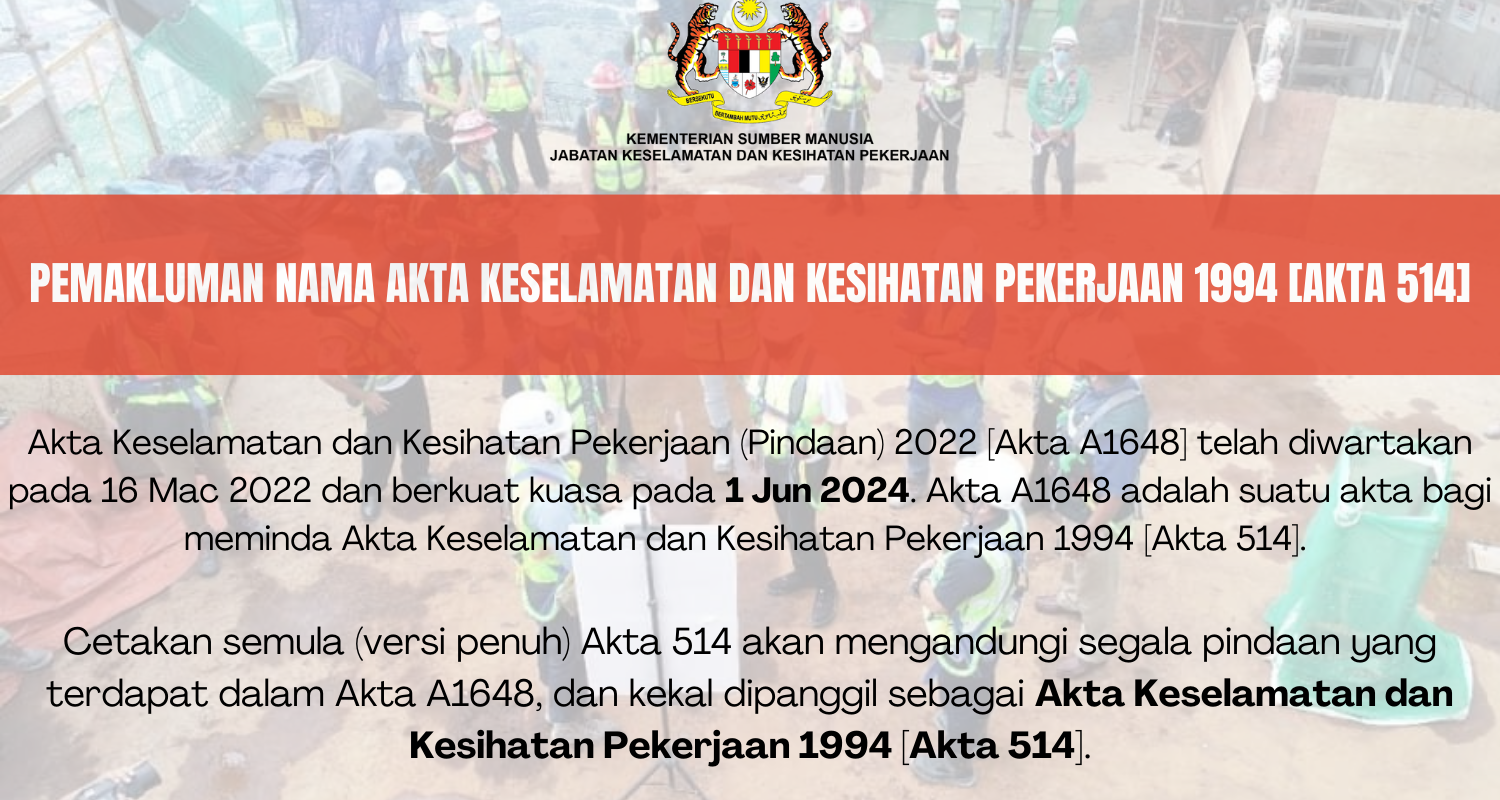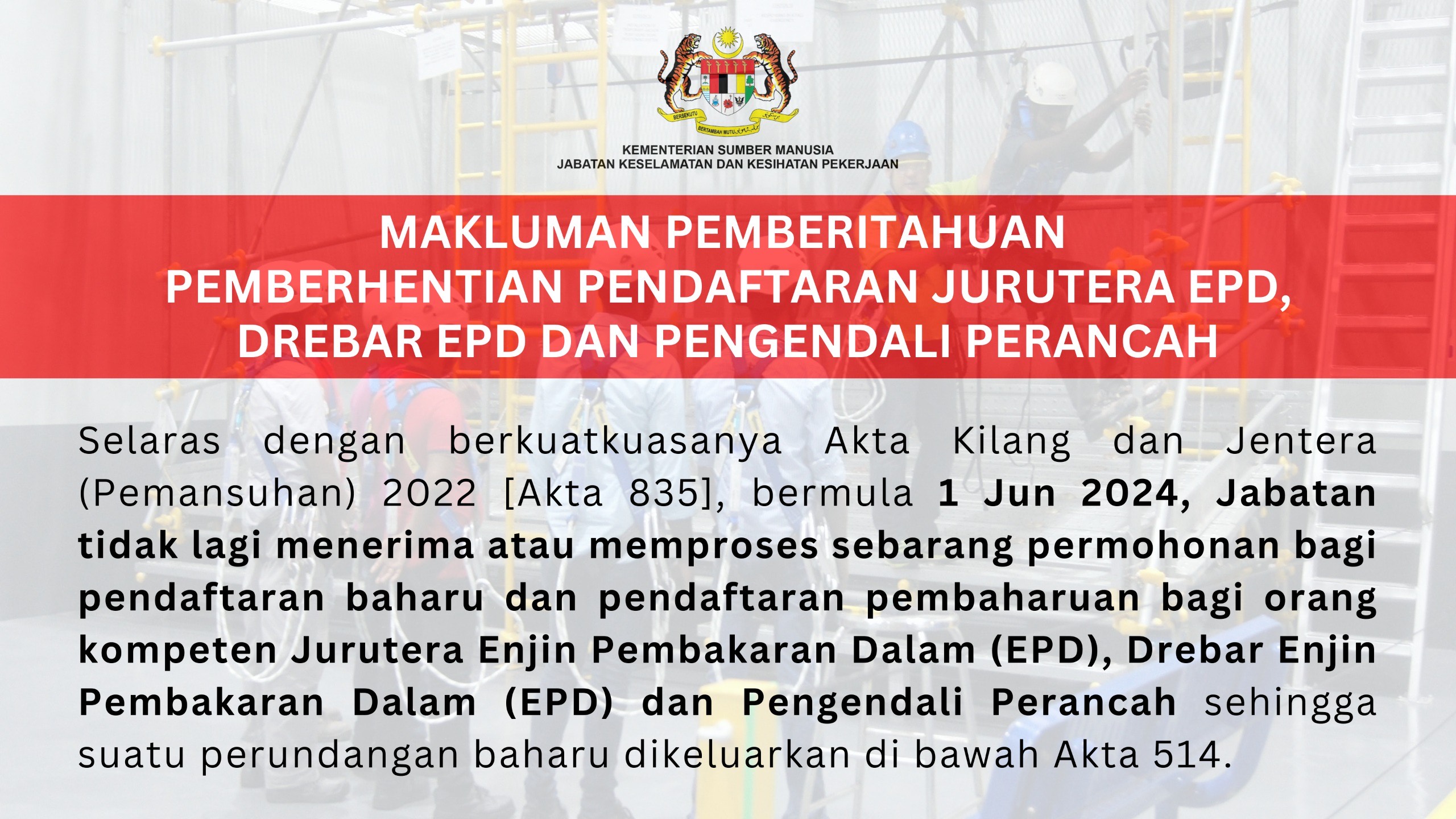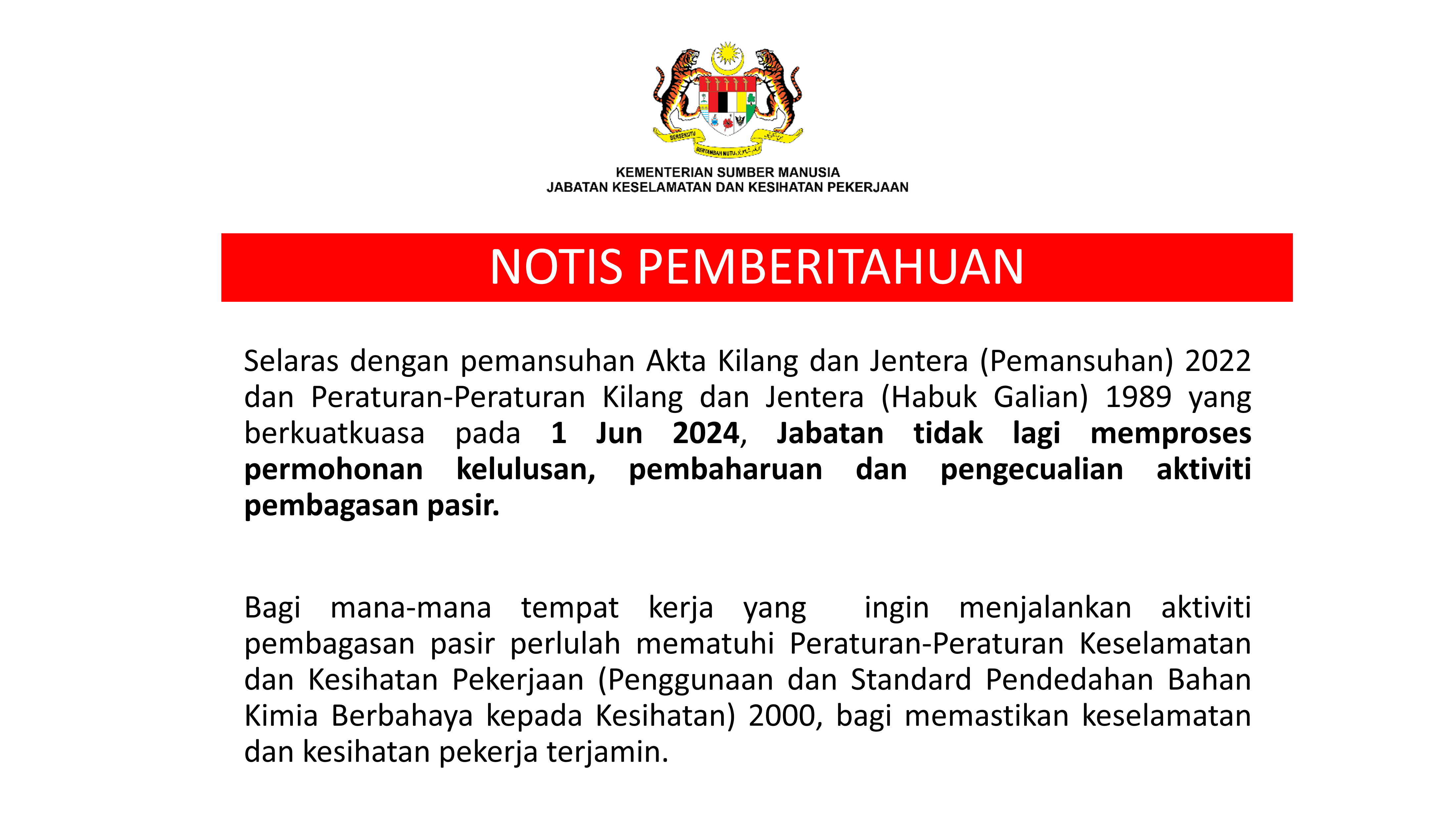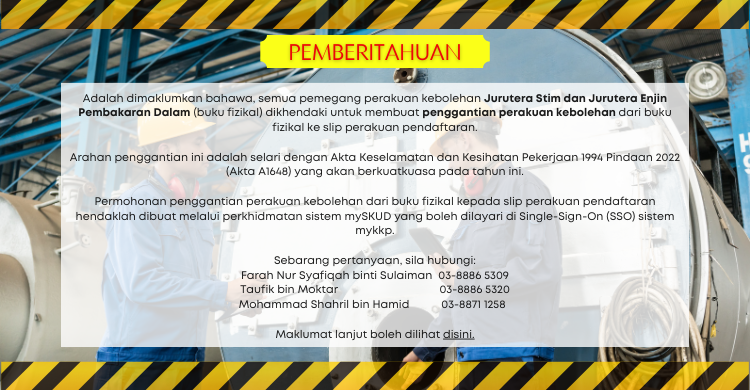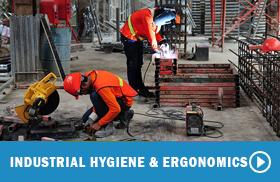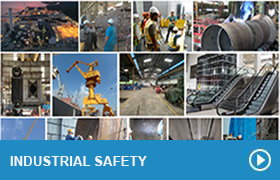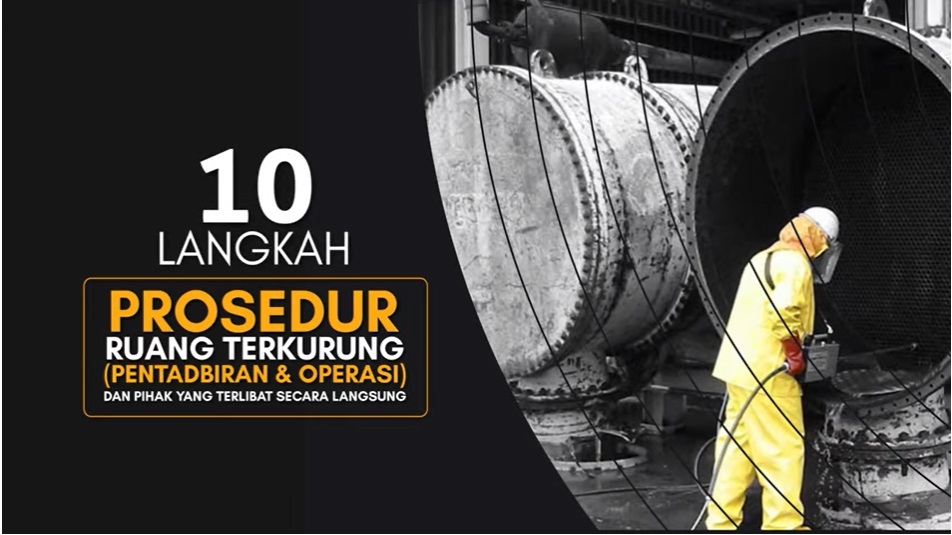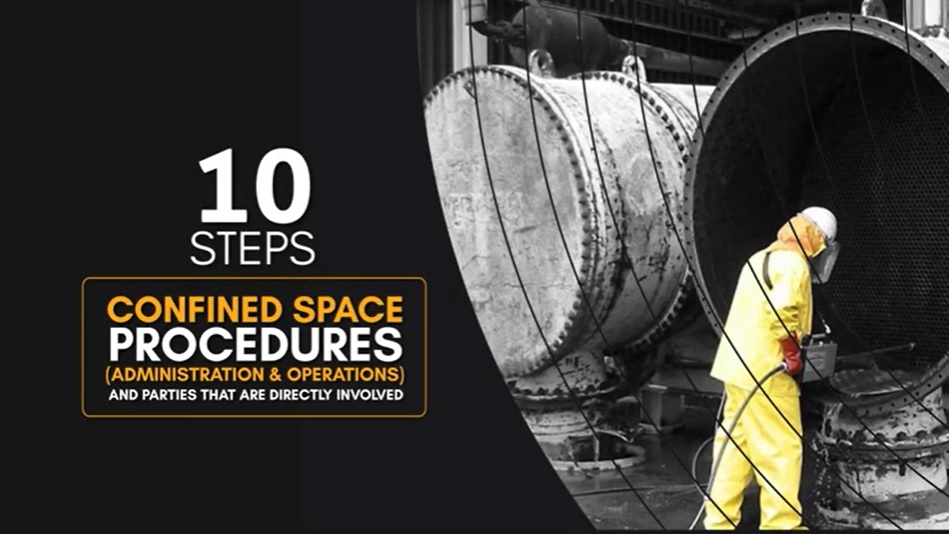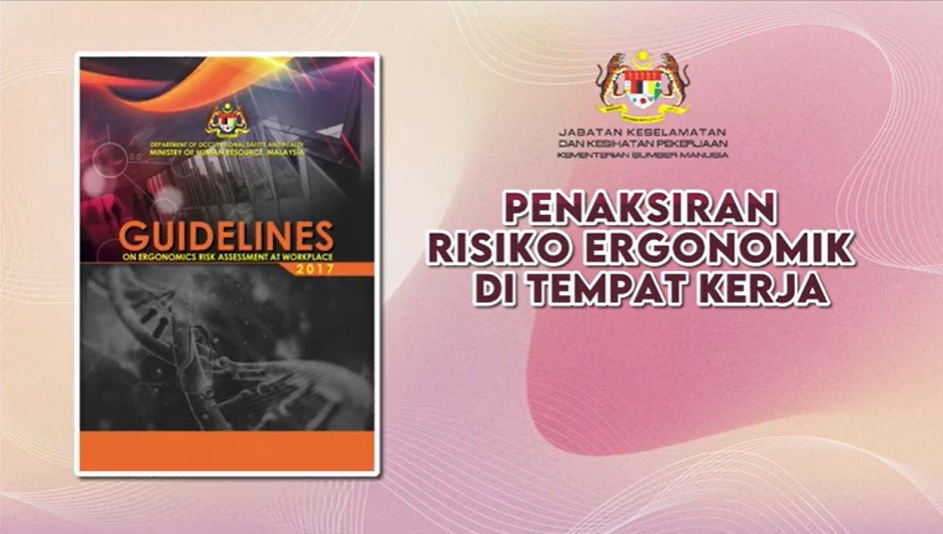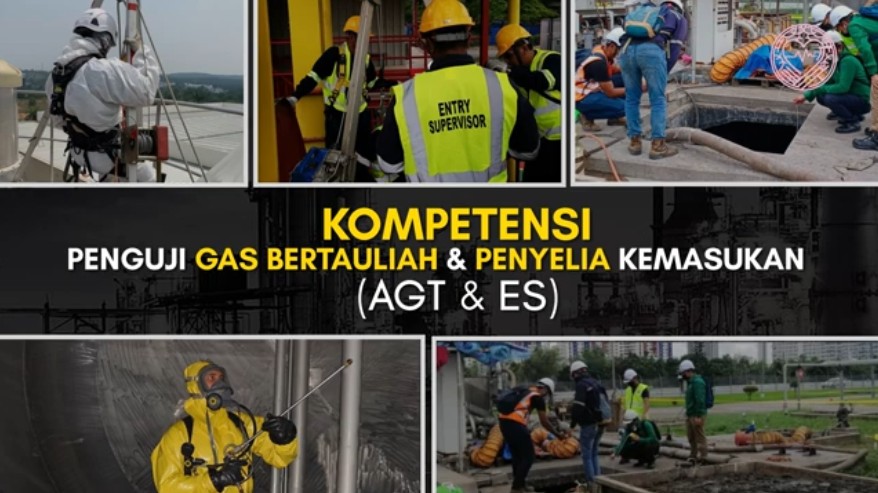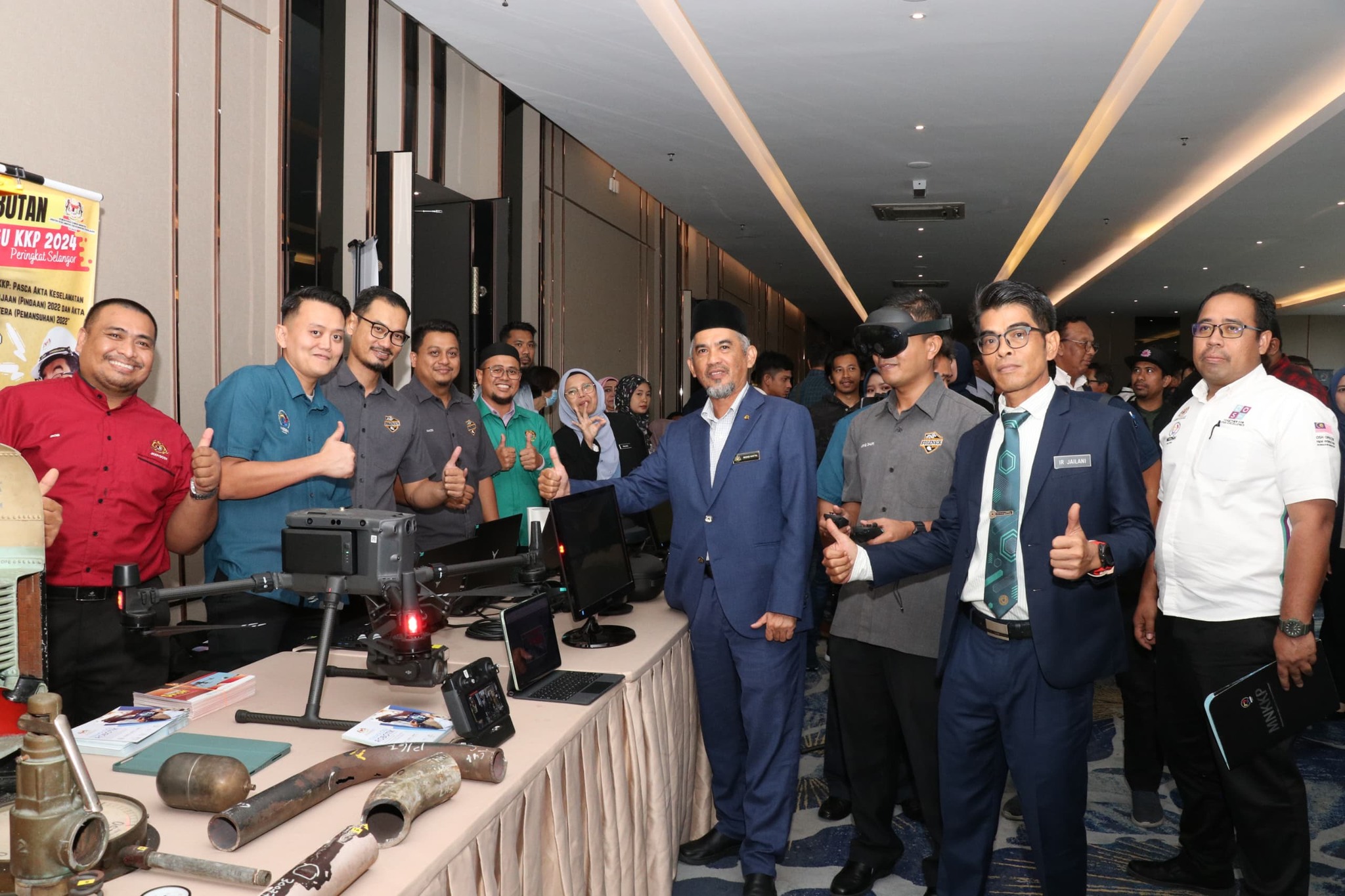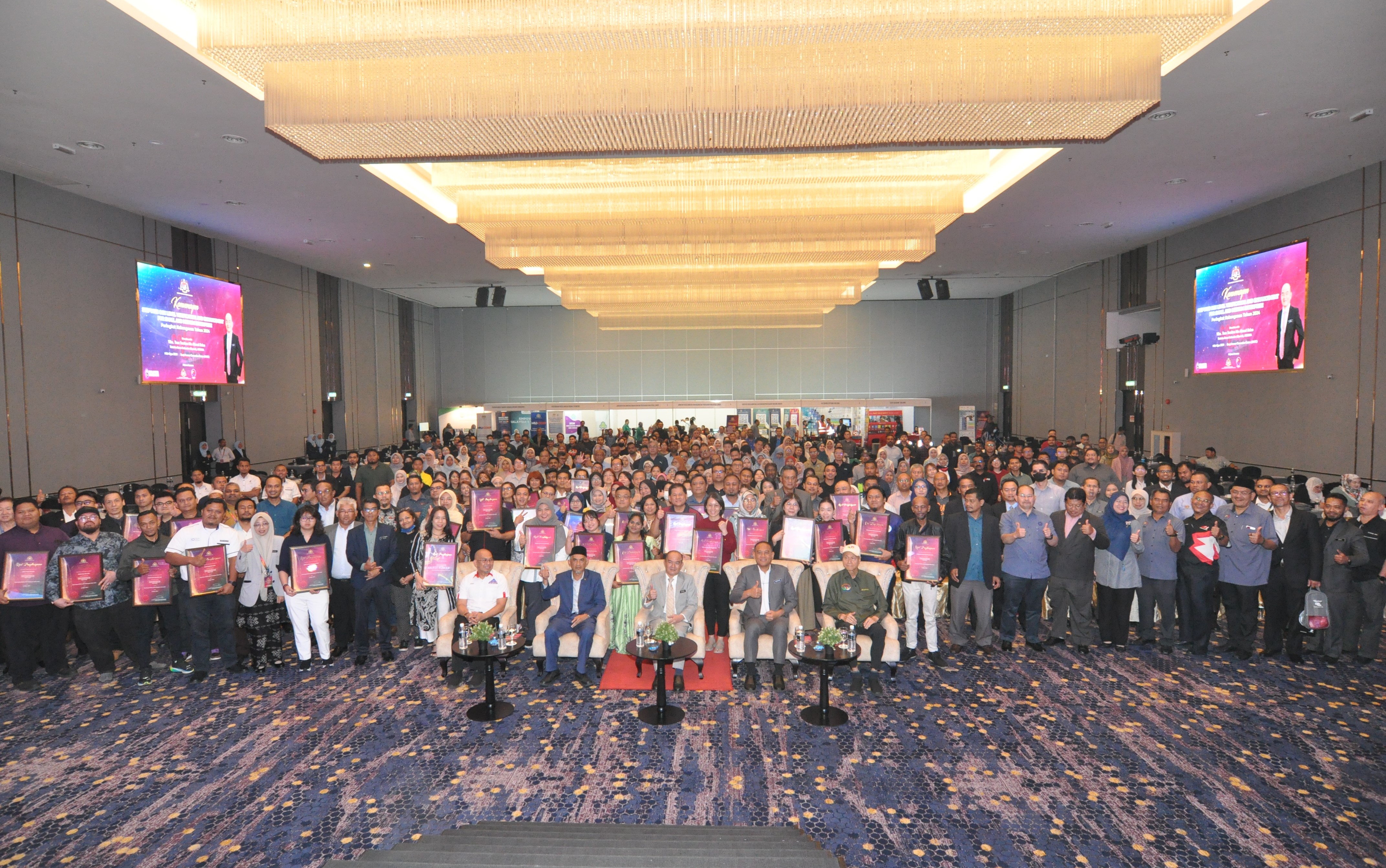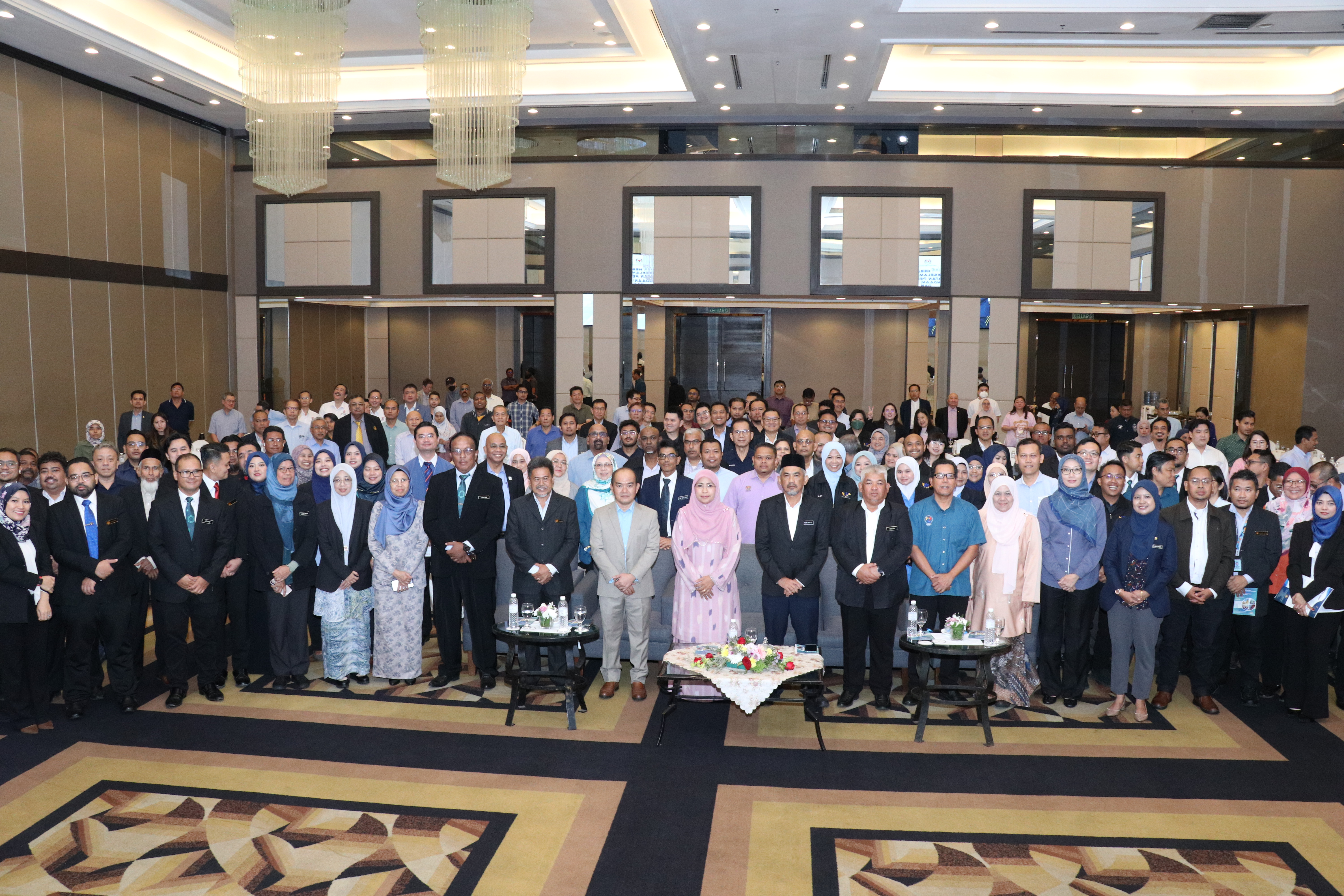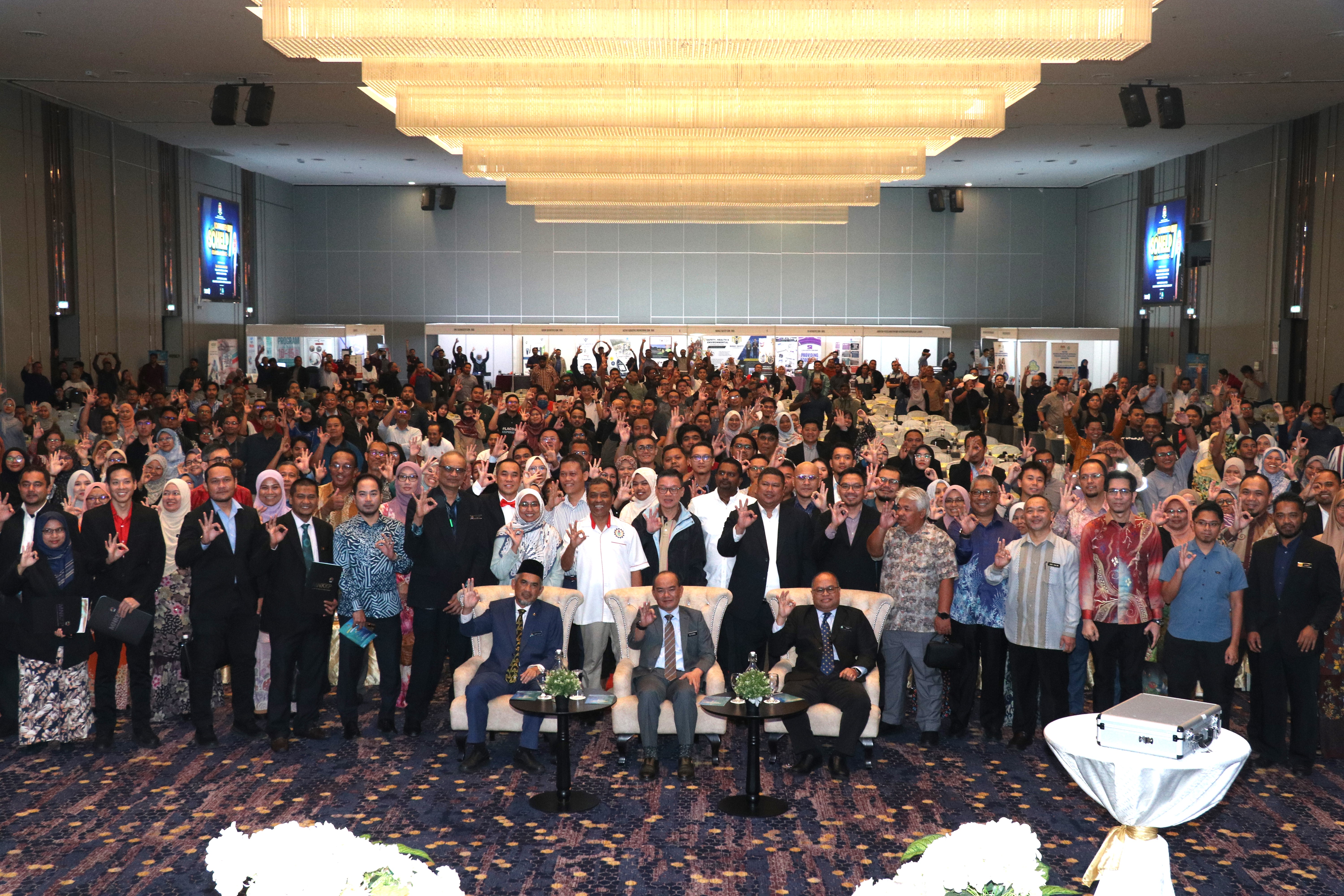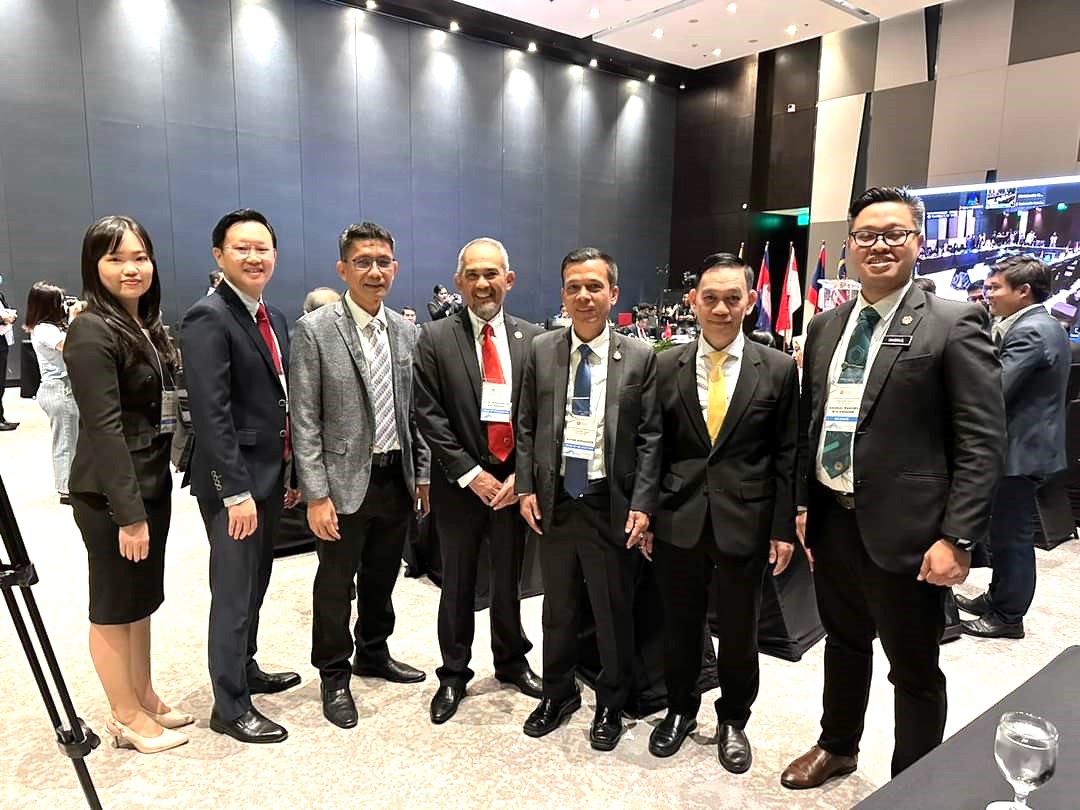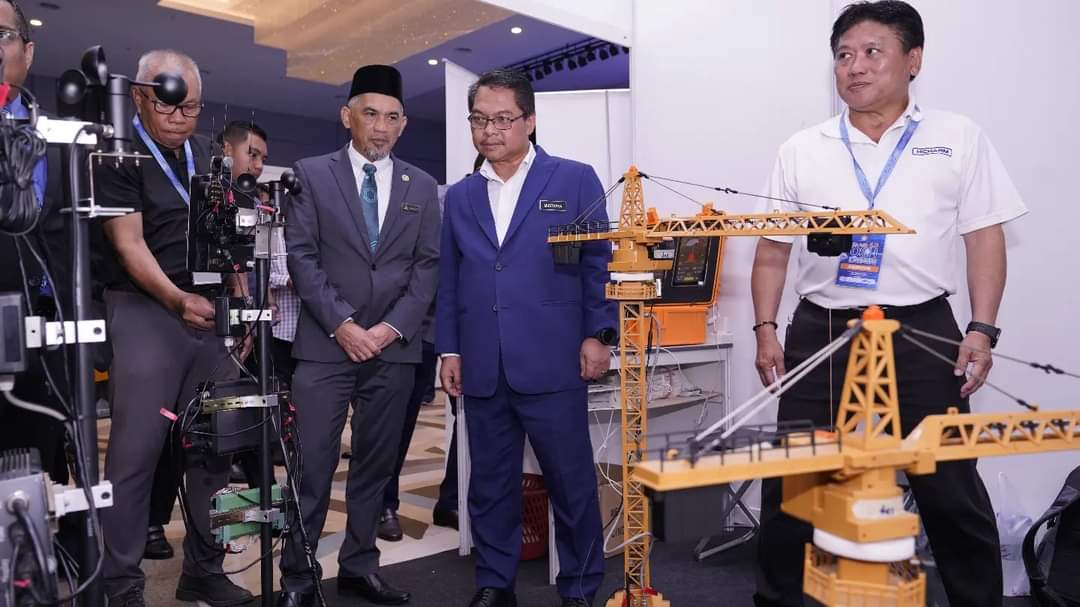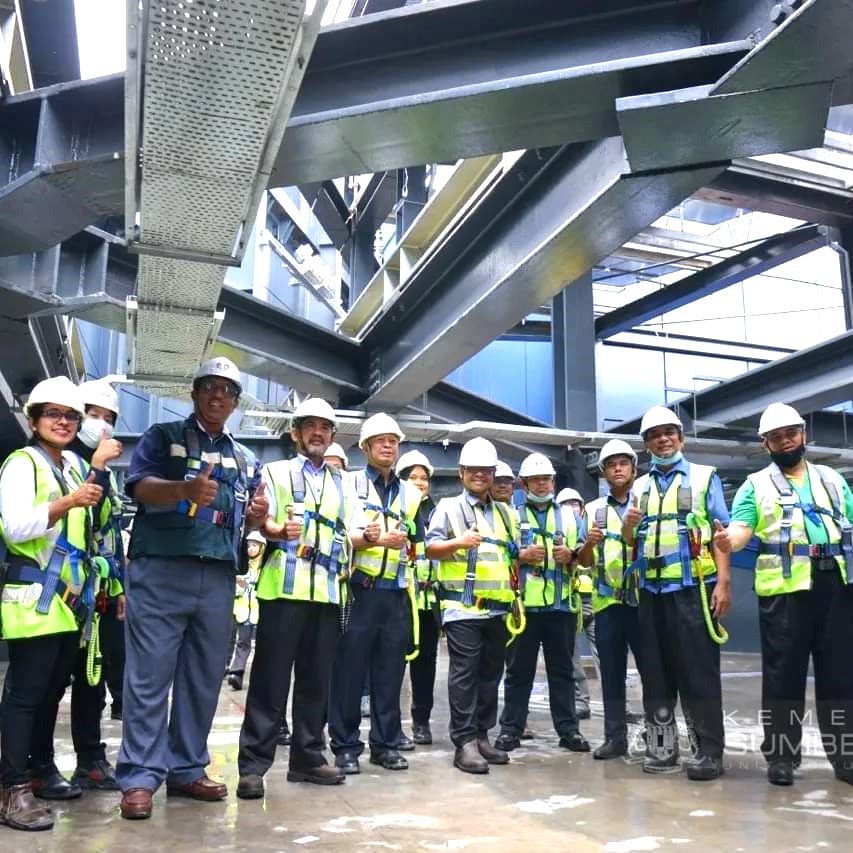This safety alert outlines important aspects of maintaining the silo. This article is prepared with the assumptions that: (1) the operating requirements and conditions of the silo have been properly defined; (2) the flow properties of the material have been tested and analysed; (3) the functional design of the silo has been developed; (4) the detailed design of the silo has been developed; and (5) the silo has been fabricated, installed and commissioned accordingly.
Routine inspections during operation
- Inspect the general condition during filling, storing and discharging to identify any problem related to bulk material’s flow or load distribution;
- Inspect the silo to detect any spills of the stored material from distorted walls or thinning walls due to corrosion or abrasion and loose or missing bolts (especially for bolted silo); and
- Inspect the conditions of the concrete foundation, its grouted joints and the edges of all lap joints.
Routine inspections during maintenance
- Inspect the internal wall surfaces for any changes in condition due to wear and corrosion and undertake proper replacement or repair* (if necessary);
- Inspect the bolted/welded joints for any deterioration and undertake proper replacement or repair* (if necessary); and
- Inspect component/equipment attached to the silo and undertake proper replacement or repair* (if necessary).
The frequency of these inspections should depend on the usage of the silo. For example, inspection during operation can be conducted every time during initial, intermediate and final process of filling and discharging. Inspection during maintenance must be conducted when the silo is fully emptied and measures have been taken to ensure that the silo is safe to enter. It should be noted that that silo is classified as a confined space. In addition to both inspections, immediate inspection should also be carried out after the silo has been affected by significant event, such as a change in silo operation, an incident nearby, a storm or a natural disaster.
Note on asterisk (*): Proper replacement or repair means that the loading conditions, the loading forces produced by loading conditions and the restrain effects have been considered and understood.
References and further readings
- American Concrete Institute (ACI). 1997. Standard practice for design and construction of concrete silos and stacking tubes for storing granular materials and commentary. ACI 313-97/313-R97, Farmington Hills, Michigan.
- Carson, J.W. 2000. Silo failures: Case histories and lessons learned. In the Proceedings of the 3rd Israeli Conference for Conveying and Handling of Particulate Solids. Dead Sea, Israel.
- Carson, J.W. & Holmes, T. 2003. Silo failures: Why do they happen? Task Quarterly 7(4): 499-512.
- Carson, J.W. & Jenkyn, R.T. 1990. How to prevent silo failure with routine inspections and proper repairs. Powder and Bulk Engineering, January.
- Dogangun, A., Karaca, Z., Durmus, A., Sezen, H. 2009. Cause of damage and failures in silo structures. Journal of Performance of Constructed Facilities 23(2): 65-71.
- EN 1991-4. 2006. Eurocode 1: Actions on structures, Part 4: Silo and tanks. Brussels: European Committee for Normalisation.
- EN 1993-1-6. 2007. Eurocode 3: Design of steel structures, Part 1-6: Strength and stability of shell structures. Brussels: European Committee for Normalisation.
- Iwicki, P., Wojcik, M., Tejchman, J. 2011. Failure of cylindrical steel silos composed of corrugated sheets and columns and repair methods using a sensitivity analysis. Engineering Failure Analysis 18(8): 2064-2083.
- Piskoty, G., Michel, S.A., Zgraggen, M. 2005. Bursting of a corn silo – an interdisciplinary failure analysis. Engineering Failure Analysis 12(6): 915-929.
- Purutyan, H., Pittenger, B.H., Carson, J.W. 1999. Six steps to designing a storage vessel that really works. Powder and Bulk Engineering 13(11): 56-68.
- Rotter, J.M. 1998. Shell structures: the new European standard and current research needs. Journal of Thin-walled Structures 31(1-3): 3-23.
- Sadowski, A.J., Rotter, J.M. 2011a. Steel silos with different aspect ratios: I – behaviour under concentric discharge. Journal of Constructional Steel Research 67(10): 1537-1544.
- Sadowski, A.J., Rotter, J.M. 2011b. Steel silos with different aspect ratios: II – behaviour under eccentric discharge. Journal of Constructional Steel Research 67(10): 1545-1553.
















